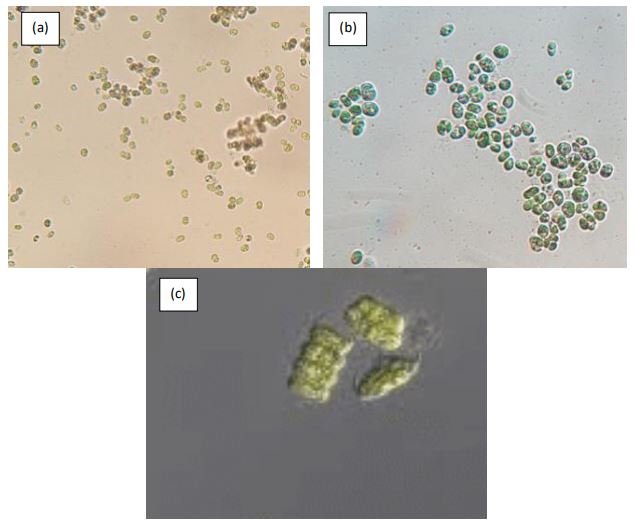Comparison of Conventional CNN Sequential API and Functional API for Microalgae Identification
DOI:
https://doi.org/10.37934/armne.17.1.96104Keywords:
Deep learning, microalgae, identification, convolutional neural network, artificial intelligenceAbstract
Microalgae is widely known for its application in producing biodiesel and other health supplements. However, microalgae are also the leading cause of harmful algae blooms that may affect consumers and sea wildlife. The current microalgae identification method requires professionals, resources, budgets, technologies, and time. Therefore, a novel approach to identifying microalgae has been produced by implementing deep learning, specifically the Convolutional Neural Network (CNN). Due to the blooming of research in the deep learning field for microalgae identification, this research aims to compare application programming interface (API) use and study its effects on the accuracy and loss of a model. Using a light microscope, the microalgae images' datasets are self-collected from the AlBio laboratory at the Malaysia-Japan International Institute of Technology, Universiti Teknologi Malaysia. The microalgae species were Acutodesmus obliquus, Monoraphidium sp, Spirullina sp, Tetradesmus deserticola, and Desmodesmus perforatus. The architecture used to identify the microalgae in this research was the conventional CNN with different APIs, functional and sequential. The functional API resulted in 0.85 accuracies and a loss score of 3.77. On the other hand, the sequential scored 0.89 and a loss of 0.32. This study concluded that the sequential API was better than the functional API for a linear convolutional neural network. However, further improvement to the model could be applied by applying better hyperparameters and parameters to prevent underfitting and improve the model’s accuracy.









